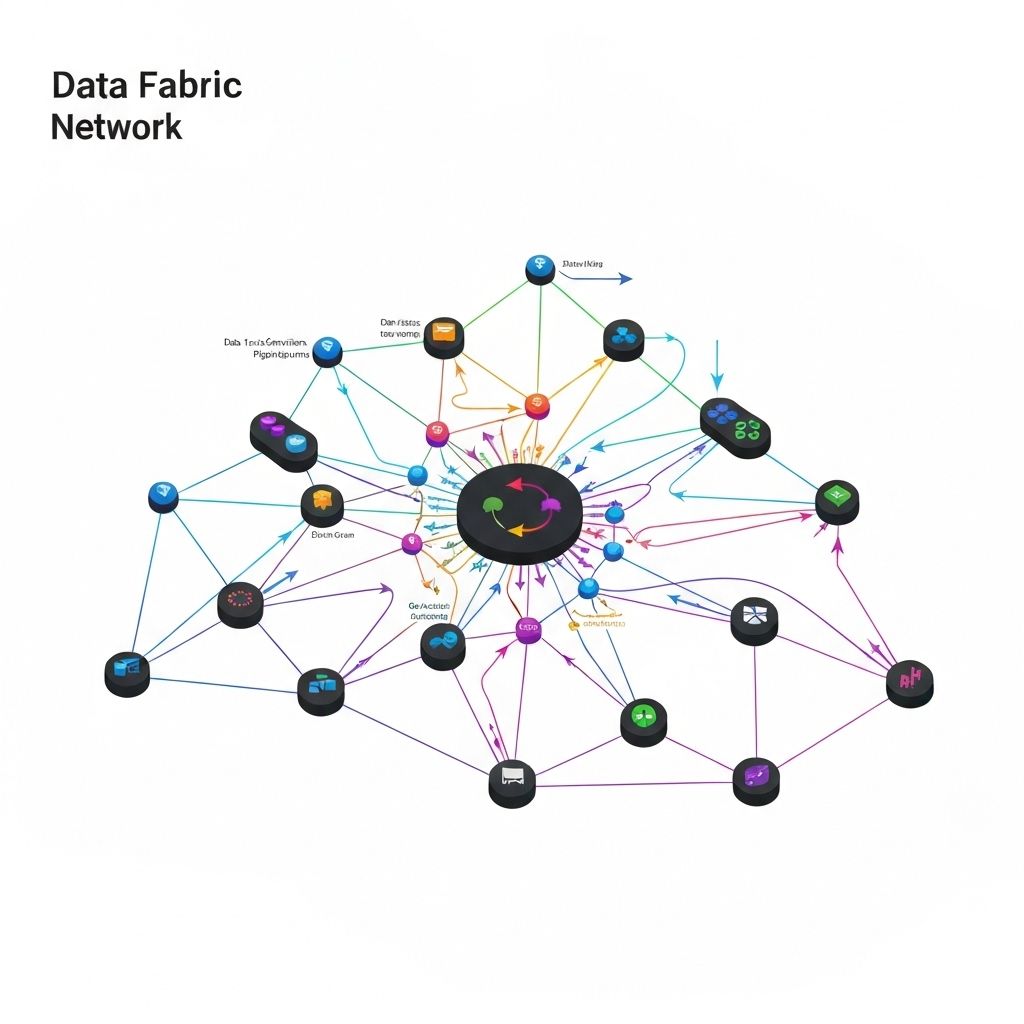Microservices Architecture: Building Scalable and Resilient Systems
The Problem with Monoliths
For many years, the standard way to build software was the monolithic architecture—a single, large, tightly coupled application where all the components, business logic, and data layers are bundled into one codebase. While simple to start with for small projects, monoliths become incredibly difficult to manage, update, and scale as they grow in complexity and size. A small change in one part of the application requires the entire system to be re-tested and re-deployed, significantly slowing down innovation cycles. Furthermore, a single bug or performance issue in one component can bring down the entire application, leading to a poor user experience and system downtime.
The Microservices Approach: Small, Independent, and Focused
Microservices architecture offers a powerful and modern solution by decomposing a large, complex application into a collection of small, independent, and loosely coupled services. Each service is:
-
Focused on a Single Business Capability: Each microservice is designed to perform a specific business function. For example, in an e-commerce application, you might have separate services for user authentication, product catalog management, shopping cart handling, order processing, and payment gateway integration. This modularity makes each service easier to understand, develop, and maintain.
-
Independently Deployable: Teams can develop, test, update, and deploy their individual services independently of other services. This allows for much faster development cycles, continuous delivery (CI/CD), and the ability to roll out new features or fixes quickly without impacting the entire system.
-
Loosely Coupled and Technology Diverse: Services communicate with each other through well-defined APIs, typically over a network using lightweight protocols (like REST or gRPC). This loose coupling means a team can change the internal implementation of their service, use different programming languages or databases, or even rewrite it entirely without affecting other services, as long as they don't break the API contract.
The Benefits of a Distributed System
Adopting a microservices architecture provides significant advantages for building modern, large-scale applications:
-
Improved Scalability: Each service can be scaled independently based on its specific demand. If your shopping cart service is experiencing heavy load during a holiday sale, you can scale up only that service without having to scale the entire application, optimizing resource utilization and cost.
-
Enhanced Resilience and Fault Isolation: The failure of one service does not necessarily bring down the entire system. If, for instance, a recommendation service experiences an issue, the rest of the e-commerce site (like the product catalog or checkout process) can continue to function, providing a more resilient user experience. This concept is known as fault isolation.
-
Faster Innovation and Team Autonomy: Teams can work independently on their services, fostering greater agility and ownership. They can choose the best tools and technologies for their specific service, leading to more efficient development.
RaxCore has helped numerous enterprises migrate from legacy monoliths to modern microservices architectures, resulting in a 10x improvement in deployment frequency, a 90% reduction in system downtime, and increased developer productivity. While managing a distributed system introduces its own complexities (which can be addressed with tools like Kubernetes for orchestration and service meshes for managing inter-service communication), the benefits in terms of agility, scalability, and resilience are transformative for any growing organization looking to build and maintain complex software systems effectively.



